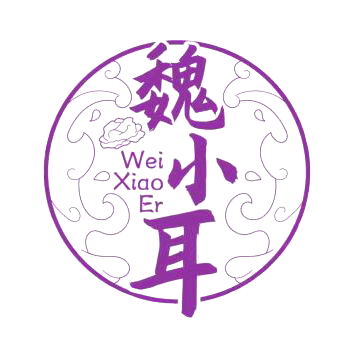The culture and history of Tremella fuciformis
lvzhenshop
![]() 2957
2957
Silver ear was once a nourishing delicacy exclusively enjoyed by the imperial family of the Qing Dynasty. The first thing Cixi did when she got up in the morning was to take a bowl of Broth of white fungus. This is because Cixi had a malignant dysentery in the early years, and many imperial physicians could do nothing. Thanks to the famous doctors in the late Qing Dynasty who prescribed a dose of tremella soup, Cixi was able to recover. Finally, he also developed the habit of eating Broth of white fungus every day.
Supported by the reputation of the royal family, the demand and price of silver ear have skyrocketed. At that time, a small bag of silver ear from Sichuan cost more than 20 taels of silver, about 18000 yuan. Silver ear had already become an exclusive luxury item for Sichuan officials to offer to Empress Dowager Cixi at that time.

Tremella fuciformis is a fruiting body of Tremella fuciformis fungus, which is a type of fungal food, similar to fungus, Ganoderma lucidum, matsutake, and enoki mushrooms. Edible fungi are the fruiting bodies of edible fungi, which are also important organs for spreading spores. Due to its unique growth environment, low yield, and high nutritional value, Tremella fuciformis is also known as the crown of fungi.
The ancient people of Tongjiang, Sichuan were the first to discover Tremella fuciformis, but they did not yet master the technique of planting and breeding Tremella fuciformis. They could only cut down the Qinggang tree into sections and transport them to a forest where Tremella fuciformis may grow, waiting quietly. Therefore, picking Tremella fuciformis at that time was accidental and the yield was very low. With the development of science and continuous updates in planting techniques, Tremella fuciformis can gradually be artificially planted. Scientists have traced the origin of Tremella fuciformis and found that the strains of Tremella fuciformis currently available on the market all come from Tongjiang County, Sichuan Province, which is the hometown of Tremella fuciformis.

Later on, people gradually discovered its unique edible and medicinal value, and named it Tremella fuciformis. Since 1960, with the development of agricultural research institutions in China, breakthrough progress has been made in the artificial planting technology of Tremella fuciformis. By using the sawdust bottle planting technique, nearly ten pounds of Tremella can be harvested for every 100 pounds of sawdust, while the previous cultivation method of equal quality Qinggang section wood could only harvest one pound of Tremella. At the same time, the production cycle of Tremella fuciformis has been shortened to about 40 days.
In 1970, Asian scientists discovered the anti-cancer effects of Tremella fuciformis. The polysaccharides in Tremella fuciformis can inhibit the growth of cancer cells in mice, and it is recognized that the various polysaccharides in Tremella fuciformis are its most nutritious substances. The composition of Tremella fuciformis polysaccharides is very complex, including various types of monosaccharides such as xylose, mannose, glucose, fucose, etc. Among all fungi, Tremella fuciformis polysaccharides have the most types of monosaccharides.
Scientists originally believed that the human body could only absorb and decompose starch, a type of polysaccharide, while Tremella fuciformis polysaccharides and other types of polysaccharides cannot be directly absorbed and decomposed by the human body. However, research has found that a large portion of Tremella fuciformis polysaccharides exist in the form of glycoproteins, and the human body can also absorb oligosaccharides and monosaccharides that make up Tremella fuciformis polysaccharides when digesting Tremella fuciformis.

We Also Recommend


Added successfully
View cart

Added successfully
View cartGet updates by subscribe our weekly newsletter




